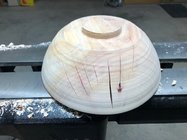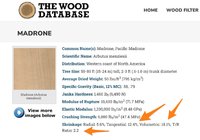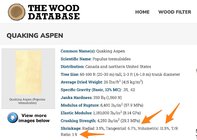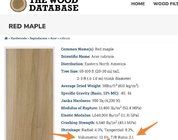My favorite wood to turn because it warps however it wants to, where most other woods, you can at least predict how they will warp. 2 choices with madrone, thin turn to about 1/4 inch, round the rims, wrap the rim in stretch film, dry on the shop floor, and it is dry in about a week, even in the humid winters here in Oregon. I will not take trees that are summer or fall harvested because they crack far more than the trees that are harvested when the spring sap is rising.
You can boil them, which I do not like to do. Main reason is the extra work, and it does muddle the colors in the wood, which generally has a reddish tint to it. Boil at one hour per inch of thickness, and allow to come back to room/air temperature in the pot. Use stainless steel if you don't want your bowl to be black. You can sink it in water for a month or 6, not sure exactly. This is a slow version of what boiling does, but you have to change out the water, or some turner had a waterfall in a stream behind his shop and used to soak his bowls there.
I do prefer to let them dry before I sand them. They are so warped, most of the time, that it is impossible to power sand them at any speed beyond about 15rpm. If you have an articulated arm like the one in the video I did, it will support your hand and arm so all you have to do is pull the trigger. You can spin the bowl with the other hand. I actually prefer this to the spinning wood, at least up to about 220 grit.
"Madrone starts to split when you fire up the chainsaw." "Nope, it starts to split before you even get the chainsaw out of the truck!"
This is a wonderful wood to turn, with almost no tear out. It is one wood where the NRS will leave a very clean surface. It cuts like pear or green dogwood.
Another method I have heard of, but isn't practical for me in the numbers I used to turn, was developed by Christian Burshard, down in Ashland, OR. He puts the finish turned piece in a paper bag, and puts that into a plastic bag. He changes out the paper bag daily. You can dry the bags out and reuse. I guess you can use those desiccant beads for a similar result, but again, that is not some thing I have tried.
robo hippy





